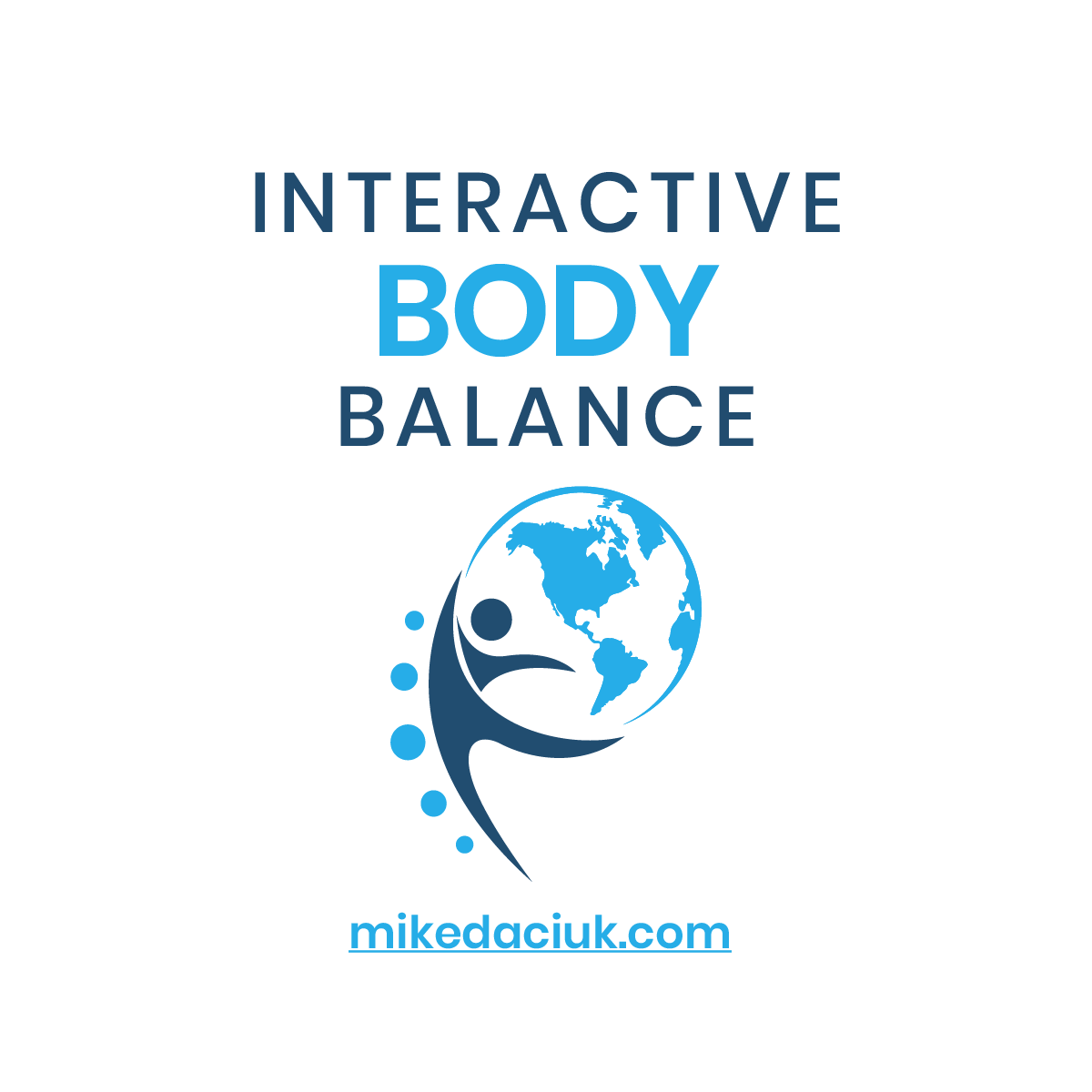One of the major contributors to energy levels and mood are the adrenal glands. We test the output of various hormones from your adrenal glads like cortisol, DHEA, testosterone, estrogen, estriol, progesterone and melatonin to get a clear understanding of your physiological status. It is the most popular and widely recognized lab that we run at our office.
Support the Adrenals, Balance Hormones
Identify the impact of chronic stress and the underlying dynamic of all of your patients’ health complaints with Functional Adrenal Stress Profiles.
- Lab testing that should be performed on all patients
- A window into each patient’s core state of health
- Salivary testing to measure active free fractions of hormones
- Cortisol rhythm with DHEA sulfate to determine the stage of adrenal fatigue
- Sex hormone insufficiency; evaluating progesterone, testosterone, and the estrogens
- Melatonin and nighttime cortisol to help with evaluation of sleep problems
Which Adrenal Test Should You Run?
When it comes to depth of diagnostic data and value for the patient, nothing competes with the BH #205. Besides the cortisol rhythm and DHEA-S, it includes progesterone, testosterone, estradiol, estriol, and melatonin. The data revealed in this profile will answer so many questions about your patients’ health complaints. And with this data and BioHealth’s support, you’ll be helping patients feel better quickly. SeeClinical Training options. Also read, ‘Why Assess the Adrenal Glands?’.
Adrenal Stress Profiles
Evaluate the impact of chronic stress on endocrine function by measuring bioactive hormones. Test results will guide you with respect to hormone therapies, lifestyle modifications, and reversal of symptoms. Test #205 is the most popular panel and appropriate for all teenage and adult patients. Test #204 is applicable to pre-adolescents. The #201-S and #205-S include measurement of secretory Immunoglobulin A for first-line immunity assessment.
- Adrenal Stress Profile – BH #201 – Cortisol x 4, 2 averaged DHEA-S
- Adrenal Cortisol Rhythm – BH #204 – Cortisol x 4
- Adrenal Stress Profile plus V – BH #205 – Cortisol x 4, 2 averaged DHEA-S, estradiol, estriol, testosterone (AM), melatonin (bedtime), progesterone (bedtime)
- Adrenal Stress Profile plus V w/ Estrone – BH #205E – Cortisol x 4, 2 averaged DHEA-S, estradiol, estriol, estrone, testosterone (AM), melatonin (bedtime), progesterone (bedtime)
BH #205 – Adrenal Stress Profile plus V
![]() This profile is used to evaluate the adrenal glands and hormone balance. In the event of adrenal exhaustion and imbalances in the reported hormones, underlying causes must be determined through additional lab testing and investigation into environmental and lifestyle factors; while also supporting the endocrine system with therapies and lifestyle modifications.
This profile is used to evaluate the adrenal glands and hormone balance. In the event of adrenal exhaustion and imbalances in the reported hormones, underlying causes must be determined through additional lab testing and investigation into environmental and lifestyle factors; while also supporting the endocrine system with therapies and lifestyle modifications.
- Tests #201 – #205E
- Processing Time: 4-6 Business Days
- Specimen: Saliva
- Reference Material
When the body is under chronic stress, pregnenolone, the precursor to all other steroidal hormones, is diverted to produce cortisol (known as pregnenelone steal or cortisol escape – see Steroidal Hormone Principle Pathways). This is to the detriment of all other steroidal hormones (such as DHEA and its metabolites, including progesterone, testosterone, and the estrogens). As pregnenolone is diverted to cortisol, DHEA depletion begins. The result is an elevated cortisol to DHEA ratio. A normal ratio is approximately 5:1 to 6:1.
Profile #205 includes additional hormones for a more complete view into the impacts of chronic stress on the individual’s core body systems. A vast amount of information can be gathered through this profile.
BH #201 – Adrenal Stress Profile
This profile is used to evaluate the adrenal glands and hormone balance. In the event of adrenal exhaustion, underlying causes must be determined through additional lab testing and investigation into environmental and lifestyle factors; while ![]() also supporting the adrenals with nutritional protocols and lifestyle modifications.
also supporting the adrenals with nutritional protocols and lifestyle modifications.
When the body is under chronic stress, pregnenolone, the precursor to all other steroidal hormones, is diverted to produce cortisol (known as pregnenolone steal or cortisol escape). This is to the detriment of all other steroidal hormones (such as DHEA and its metabolites, including progesterone, testosterone, and the estrogens). As pregnenolone is diverted to cortisol, DHEA depletion begins. The result is an elevated cortisol to DHEA ratio. A normal ratio is approximately 5:1 to 6:1.
BH #204 – Adrenal Cortisol Rhythm
Cortisol levels start high in the morning and decline as the day transpires. Levels may fluctuate high or low at any of the four times of measurement, due to stress, acute or chronic. The #204 is applicable to individuals not requiring DHEA-Sulfate measurements in their adrenal health diagnostics. This test is often run on pre-adolescents, but not exclusively; and not all pre-adolescents should do the BH #204. When in doubt, always do the BH #205. Protocol advice is not available for the BH #204 since it is generally for pre-adolescents and supplementation is not recommended unless additional diagnoses justify the intervention.
BH #205E – Adrenal Stress Profile plus V with Estrone

This profile is used to evaluate the adrenal glands and hormone balance. In the event of adrenal exhaustion and imbalances in the reported hormones, underlying causes must be determined through additional lab testing and investigation into environmental and lifestyle factors; while also supporting the endocrine system with therapies and lifestyle modifications.
Profile #205E includes the estrogen estrone, the weakest of the three naturally occurring estrogens. It is often seen elevated in postmenopausal women and in some cases where a patient is taking too much DHEA.
Why Assess the Adrenal Glands?
The Adrenal Glands
The two, walnut-size adrenal glands are the command post of the endocrine system and the glands are located in the small of the back just above the kidneys and underneath the last (twelfth) rib. These small but powerful glands are strategically located in the body near the aorta and vena cava to quickly receive information from the anterior pituitary via the release of Adrenocorticotropic Hormone (ACTH). The adrenals are also in close proximity to critical organs that the adrenal hormones act upon including the liver, pancreas, kidneys, and others.
The adrenal glands are divided into two parts: the outer cortex, which consists of three main rings and the inner medulla. The very thin outer ring of the cortex is the zona glomerulosa which secretes aldosterone, the middle ring is the zona fasciculate which primarily secretes cortisol, and the inner ring is the zona reticularis which primarily produces androgens, including DHEA and its metabolites. Despite the diminutive size of the adrenal glands, they are involved in regulating virtually every aspect of body function.
Physiological Effects of the Primary Hormones of the Adrenal Cortex
The adrenal hormones cortisol and DHEA have genetic influence on the body, they penetrate cells and enter the nucleus, where DNA is unlocked and transcribed. Cortisol is the main hormone that directs immune function and its levels are tremendously valuable in assessing overall health. Cortisol and DHEA are also involved in carbohydrate, protein and fat metabolism; eicosanoid modulation; detoxification capacity; endocrine function; and the health of muscle, bone and neural tissues, etc.
Effects of Divergence from Normal Levels of Cortisol and DHEA
Maintaining physiological balance is an important aspect of vibrant health, and nowhere is this more evident when it comes to cortisol. The production of too much cortisol can literally burn up the body, and insufficient cortisol production causes the body’s internal machinery to malfunction, especially at the cellular level.
The adrenal glands produce both cortisol and DHEA in the adrenal cortex under the stimulation of adrenocorticotropic hormone (ACTH), which is released by the pituitary gland. ACTH acts like a whip on the adrenals. It is in many ways similar to a jockey whipping a horse to make it run faster. If the jockey ignores the clues that his horse is fatigued and keeps whipping it, the horse will keep running until it collapses in total exhaustion or death. In the case of the human body, if we allow stress levels to become chronic and out of control, we can sooner or later expect the same result.
Optimal adrenal function exists when the ratio of cortisol to DHEA is in proper balance. This is why measuring this ratio is the best way to both evaluate adrenal function and determine the effects stress is having on overall health. When cortisol levels are elevated and DHEA is low we are considered to be in a Chronic Stress Response. When this happens we are losing (or have already lost) our ability to modulate bodily functions and are on the road to further hormone, immune, and metabolic breakdown. For example, if cortisol levels are too high at night, rather than getting the rest and recovery necessary to maintain optimal physical repair and psychic regeneration, the body will be in a catabolic state (high nighttime cortisol levels inhibit the release of growth hormone necessary to repair and rebuild body tissues). This high cortisol will also have a negative effect on brain function, memory, learning and mood. This is especially true if this condition is ongoing (chronic in nature).
We all have noticed individuals who have excess fat around their hips, thighs or waist and yet they do not seem to be particularly overweight. In fact, these people may be slender except for those “problem” areas. More than making them uncomfortable wearing a bathing suit in public, this unsightly accumulation of fat is a telltale sign of adrenal dysfunction and hormone imbalance, specifically an elevated ratio of cortisol to DHEA.
An elevated cortisol to DHEA ratio will also interfere with the surface integrity of the body’s mucosal linings that act as its first-line immune defense. This mucosal barrier is primarily under the direction of the adrenal glands, specifically cortisol and DHEA. Cortisol and DHEA systemically modulate the production and turnover of specialized immune cells called immunocytes (also known as plasmacytes) that produce the secretory antibodies that protect us. The primary antibody of defense is secretory IgA (sIgA). When cortisol is elevated and DHEA is low, suppression of these mucosal immune cells occurs, compromising our first-line immune defense, resulting in low sIgA output.
The longer a person is in a state of chronic stress (high ratio of cortisol to DHEA), the more compromised his or her first line of immune defense will be and the greater the risk for opportunistic infections and allergic reactions to foods. This could ultimately lead to cancer, cardiovascular disease as well as autoimmune disease, a variety of degenerative diseases and accelerated aging. In a Chronic Stress Response all body functions have become compromised due to prolonged hormone, immune and metabolic breakdown that can lead like falling dominoes to a cascade of chronic degenerative diseases from which the weakened body has a reduced chance to recover.
http://biohealthlab.com/test-menu/hormones/functional-adrenal-stress-profiles/



